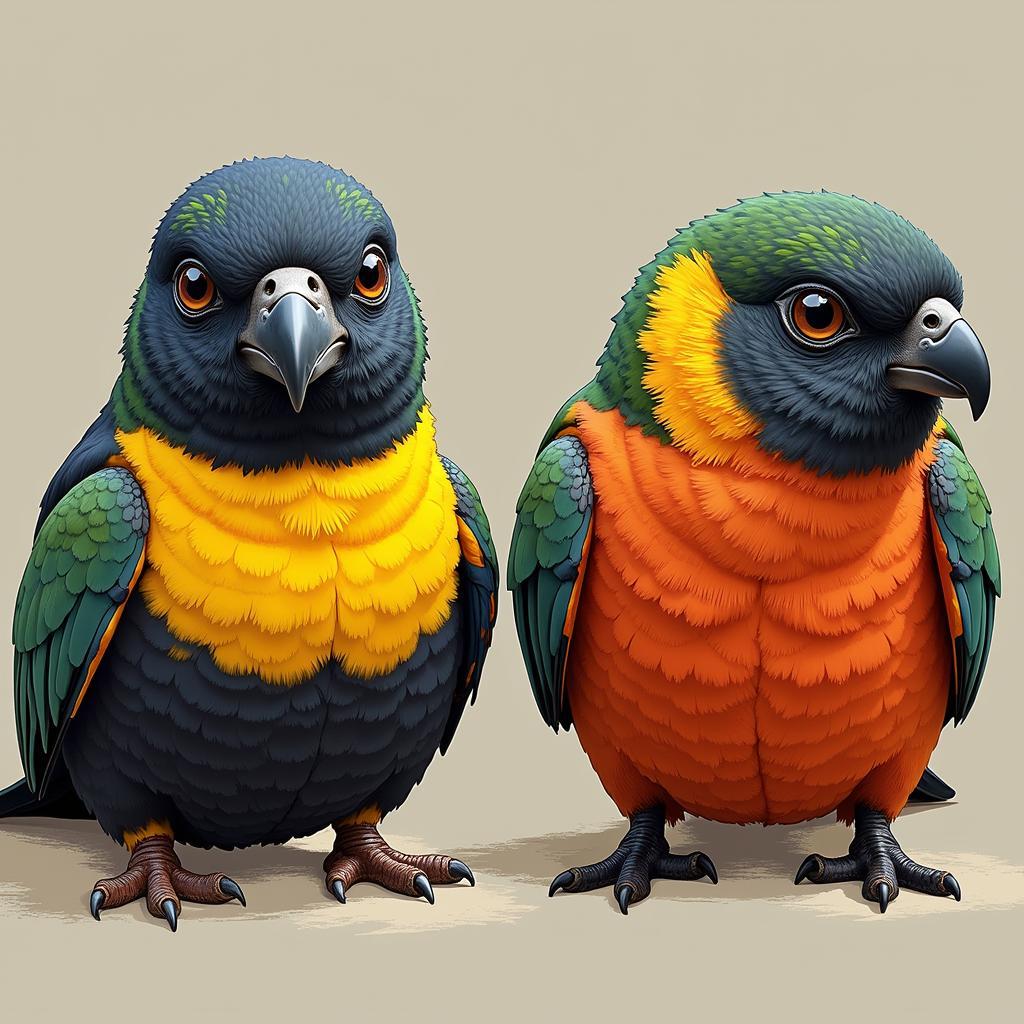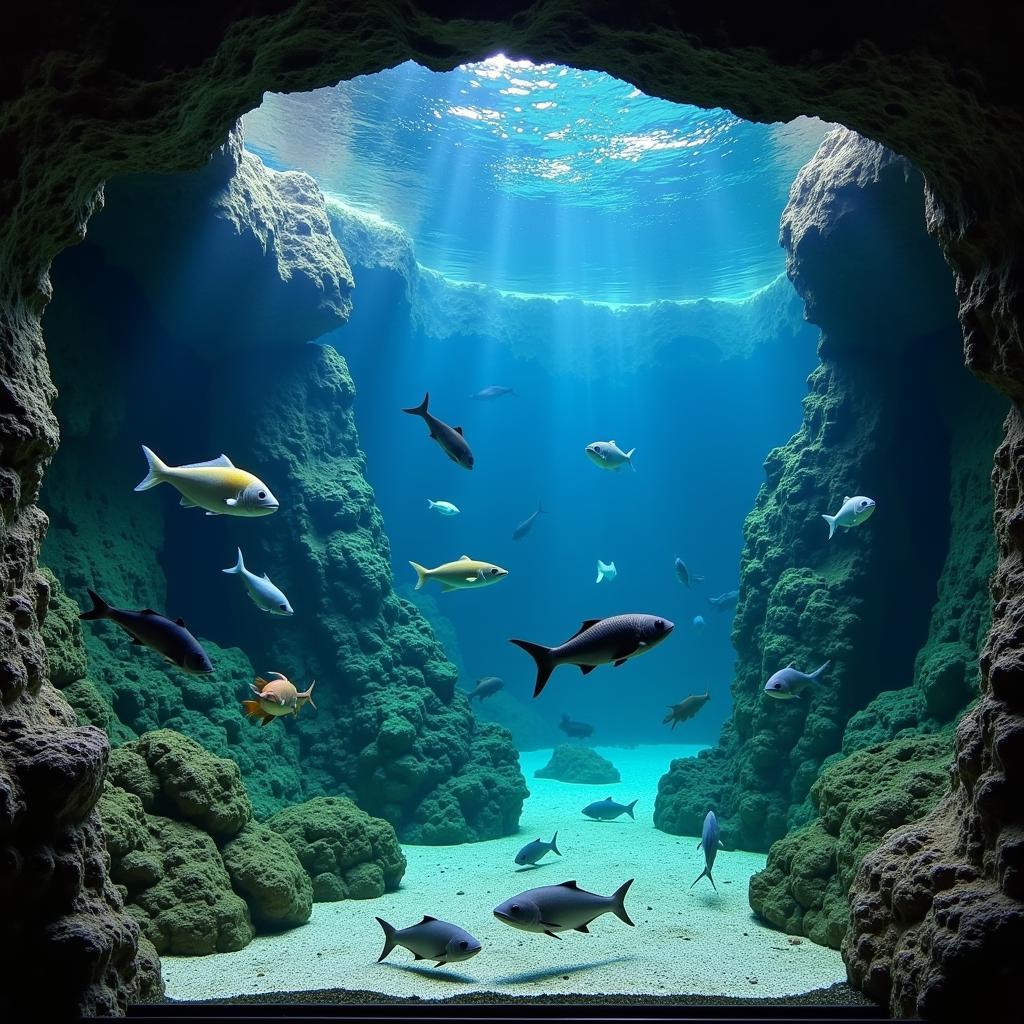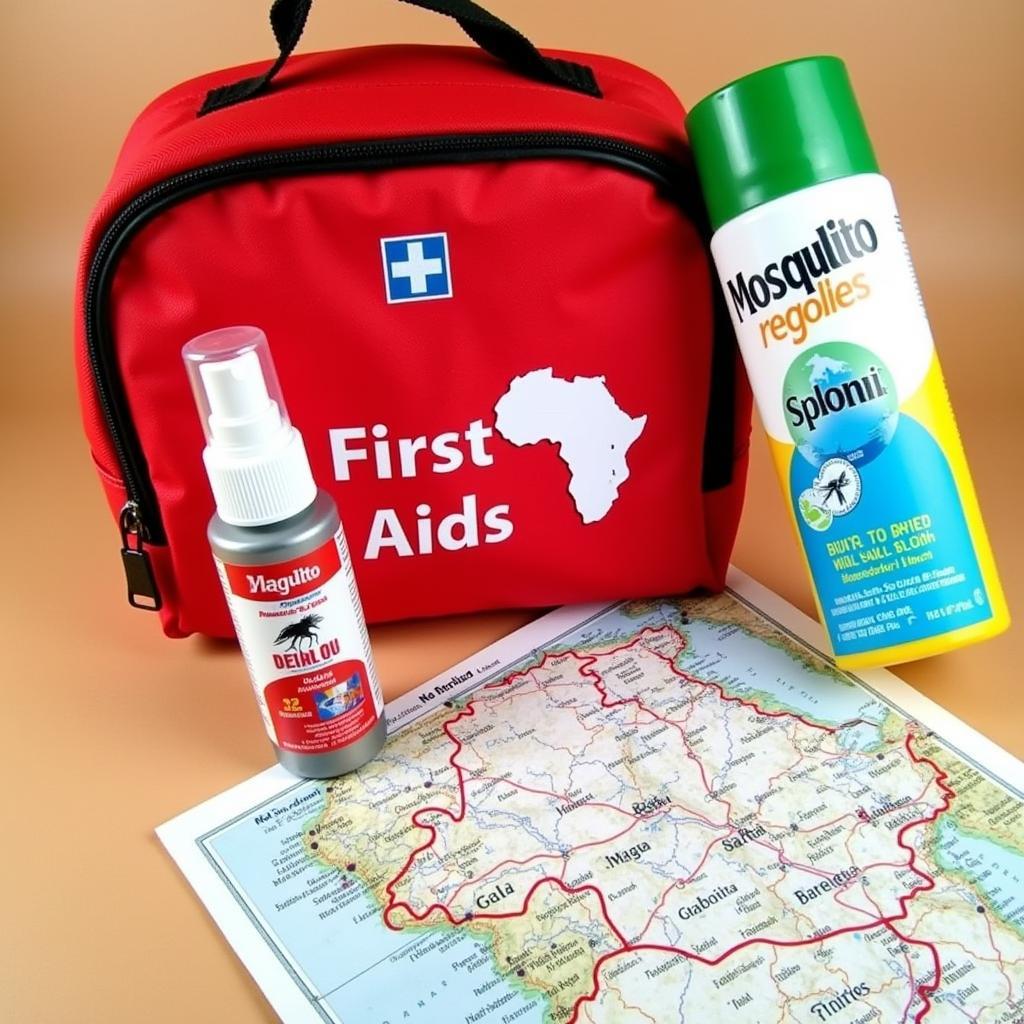The Majestic African Frontosa: A Guide to the King of Cichlids
The African Frontosa, scientifically known as Cyphotilapia frontosa, is a captivating cichlid species endemic to Lake Tanganyika in East Africa. Renowned for its striking appearance and intriguing behaviors, the Frontosa has become a prized possession among aquarium enthusiasts worldwide.
A Glimpse into the Depths: The Natural Habitat of the African Frontosa
Native to the deep waters of Lake Tanganyika, the African Frontosa inhabits a world far removed from the familiar. Living at depths of up to 100 feet, these fish thrive in areas with rocky substrate and limited vegetation. The lake’s crystal-clear waters and consistent temperatures create a unique ecosystem that plays a crucial role in the Frontosa’s development and behavior.
A Royal Appearance: Distinguishing Features of the African Frontosa
The African Frontosa is easily recognizable by its majestic appearance. These fish boast a laterally compressed body shape, with a prominent nuchal hump, a fleshy protrusion on their head that becomes more pronounced with age. Their coloration is equally captivating, featuring a base color that ranges from deep blue to pale blue-gray, adorned with vertical black bars that extend across their body.
 Male and Female African Frontosa
Male and Female African Frontosa
One of the most fascinating features of the African Frontosa is the development of a prominent nuchal hump on their head as they mature. This fleshy protrusion, more pronounced in males, adds to their regal appearance and serves as a visual indicator of age and dominance within the social hierarchy.
Beyond Beauty: The Temperament and Social Structure of African Frontosas
Despite their imposing size and somewhat intimidating appearance, African Frontosas are relatively peaceful cichlids, particularly when compared to their more aggressive counterparts. They exhibit a hierarchical social structure, with a dominant male typically leading a group of females and subordinate males.
 School of African Frontosa in Aquarium
School of African Frontosa in Aquarium
Creating a harmonious environment for African Frontosas in an aquarium setting involves replicating their natural habitat as closely as possible. Providing ample swimming space, incorporating rock formations and caves for shelter, and maintaining pristine water conditions are crucial factors in ensuring their well-being and fostering natural behaviors.
Conclusion: The African Frontosa – An Enduring Symbol of Lake Tanganyika
The African Frontosa stands as a testament to the remarkable biodiversity of Lake Tanganyika. Its captivating beauty, intriguing behaviors, and unique adaptations have captivated aquarium enthusiasts for generations. By understanding the needs of these majestic creatures and replicating their natural environment as closely as possible, we can ensure their continued survival both in the wild and in our care.
FAQs: Unraveling the Mysteries of the African Frontosa
1. What is the average lifespan of an African Frontosa in captivity?
With proper care, African Frontosas can live for 10-15 years or even longer in captivity.
2. What is the ideal tank size for keeping a group of African Frontosas?
A minimum tank size of 75 gallons is recommended for a small group of Frontosas, with larger tanks (125 gallons or more) being preferable as they grow.
3. Are African Frontosas compatible with other fish species?
While generally peaceful, African Frontosas are best kept with other peaceful cichlids or similarly sized, non-aggressive tank mates.
4. What is the best diet for African Frontosa cichlids?
As carnivores, African Frontosas thrive on a diet of high-quality protein sources, such as krill, mysis shrimp, and cichlid pellets specifically formulated for their dietary needs.
5. How can I differentiate between male and female African Frontosas?
Males typically develop a larger nuchal hump, have more vibrant coloration, and grow slightly larger than females.
For further assistance or inquiries, please don’t hesitate to contact us at +255768904061, email us at kaka.mag@gmail.com, or visit our location at Mbarali DC Mawindi, Kangaga, Tanzania. Our dedicated customer support team is available 24/7 to assist you. You can also find more information about African Cichlids on our website, including articles on African cichlid fish size, African cichlids size, and African cichlids name and images. If you’re interested in exploring other impressive species, we have articles on African cichlids fish huge and a comprehensive African cichlids species list.


